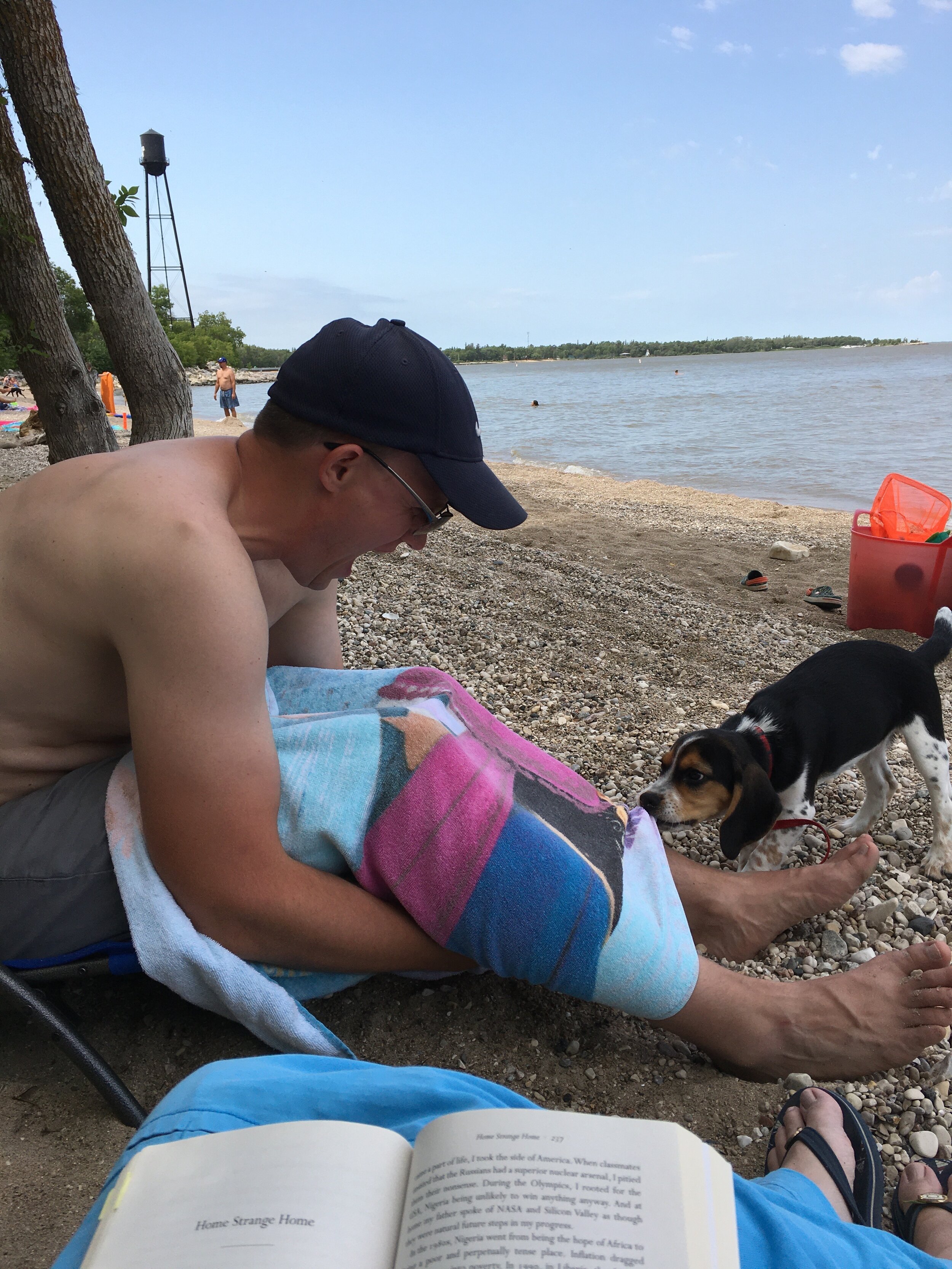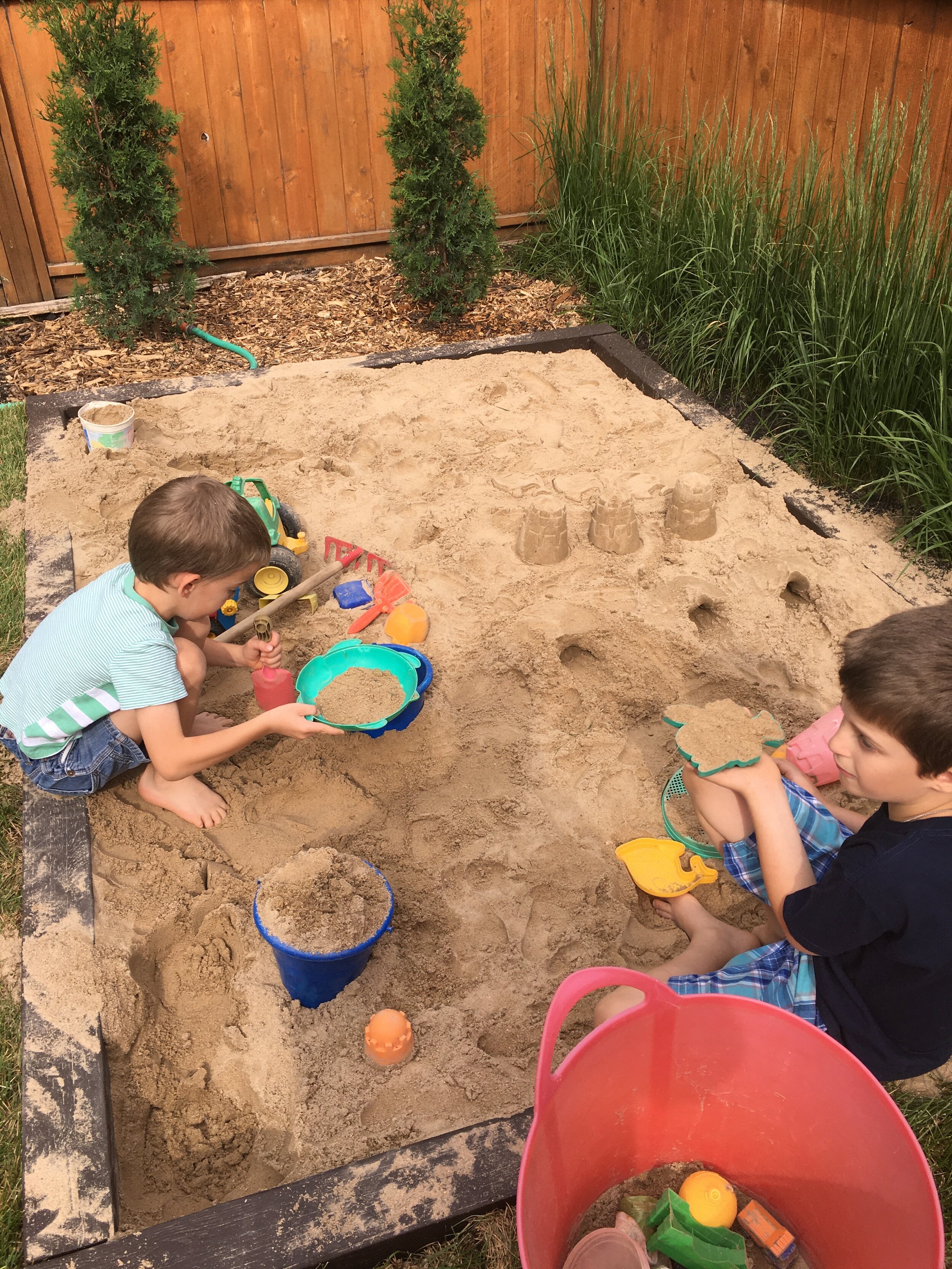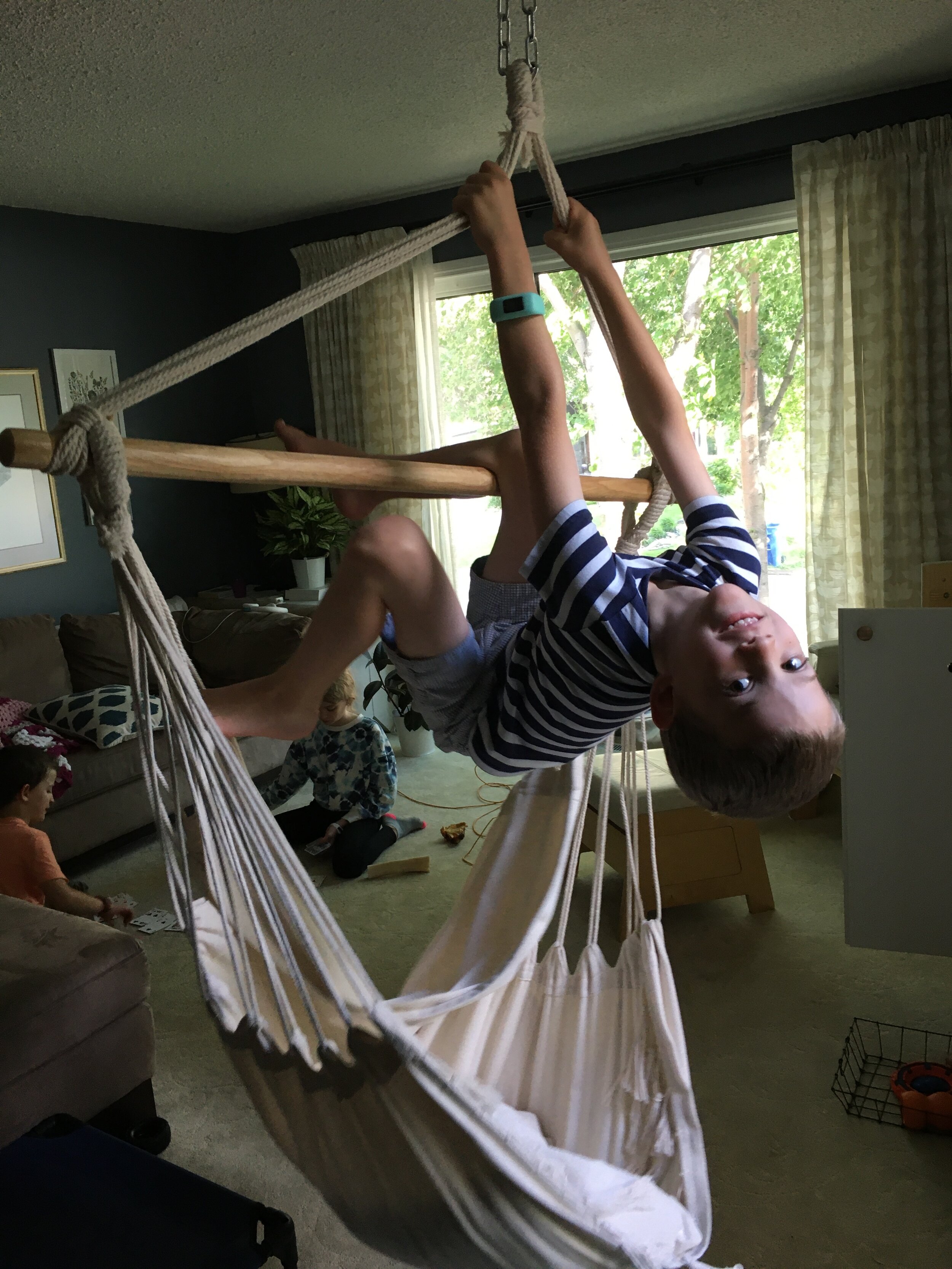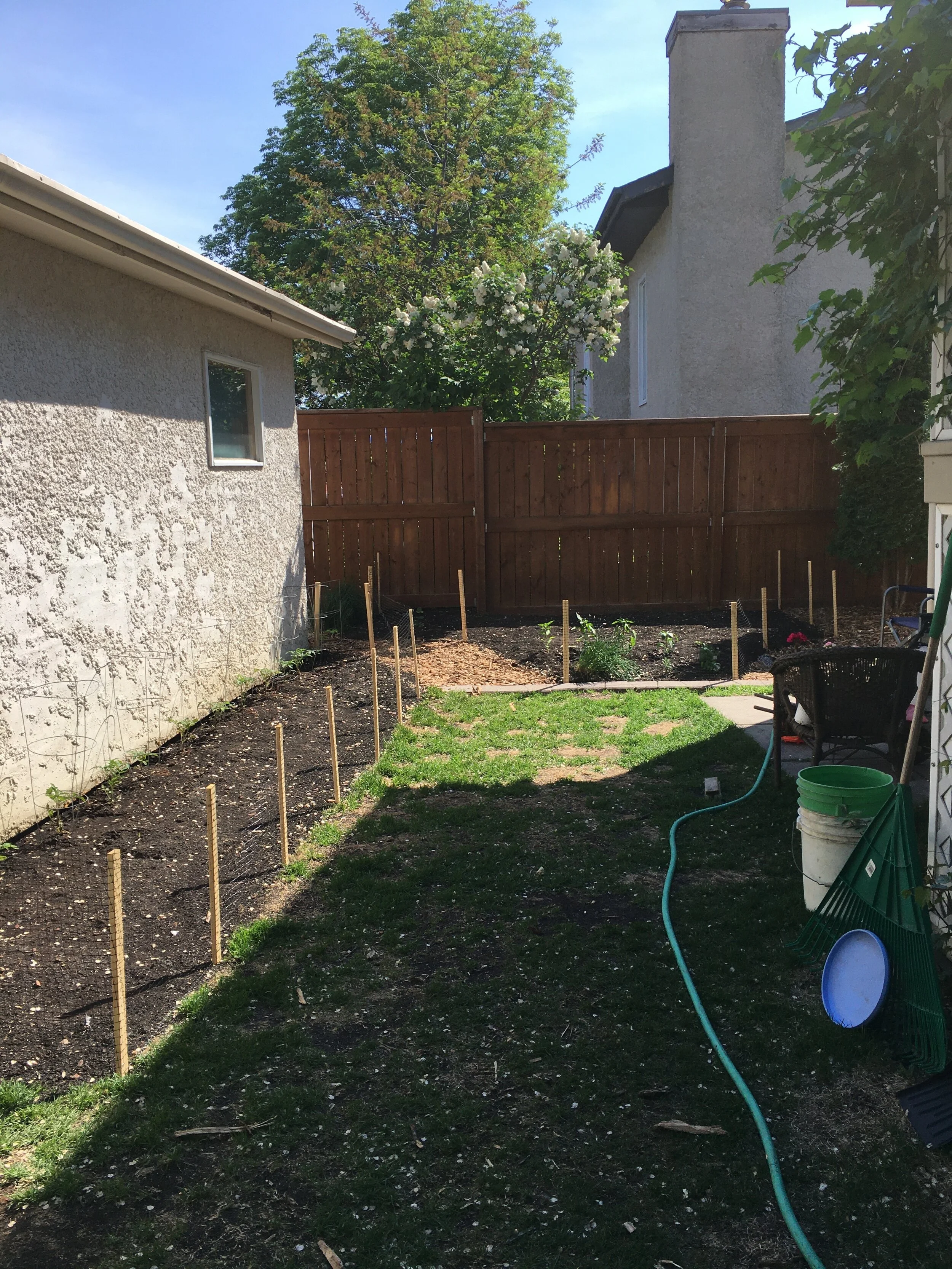I just finished listening to the audio version of How to Be An Antiracist by Ibram X. Kendi. I transcribed a few quotes where I felt I was learning something new:
The only remedy to past discrimination is present discrimination. The only remedy to present discrimination is future discrimination. As president Lyndon B. Johnson said in 1965, “you do not take a person who, for years has been hobbled by chains and liberate him, bring him up to the starting line of a race and then say ‘you are free to compete with all the others’ and still justly believe that you have been completely fair.” As the U.S. Supreme Court Justice Harry Blackmun wrote in 1978: “in order to get beyond racism we must first take account of race. There is no other way. In order to treat some persons equally, we must treat them differently.” (…) The construct of race neutrality actually feeds white nationalist victimhood by positing the notion that any policy protecting or advancing non-white Americans towards equity is reverse discrimination. (Chap. 1)
We can unknowingly strive to be a racist. We can knowingly strive to be an anti-racist. Like fighting an addiction, being an antiracist requires persistent self-awareness, constant self-criticism and regular self-examination. Racist ideas have defined our societies since its beginning and can feel so natural and obvious as to be banal. But antiracist ideas remain difficult to comprehend in part because they go against the flow of this country’s history. (Chap. 1)
Americans have long been trained to see the deficiencies of people rather than policy. It’s a pretty easy mistake to make: people are in our faces, policies are distant. We are particularly poor at seeing the policies lurking behind the struggles of people. (Chap. 2)
Some white people do not identify as white for the same reason they identify as ‘not racist’: to avoid reckoning with the ways that whiteness, even as a construction and mirage, has informed their notions of America, and identity and offered them privilege; the primary one being the privilege of being inherently normal, standard, and legal. (Chap. 3)
Some white people do not identify as white for the same reason they identify as ‘not racist’: to avoid reckoning with the ways that whiteness, even as a construction and mirage, has informed their notions of America, and identity and offered them privilege; the primary one being the privilege of being inherently normal, standard, and legal. (Chap. 6)
Some white people do not identify as white for the same reason they identify as ‘not racist’: to avoid reckoning with the ways that whiteness, even as a construction and mirage, has informed their notions of America, and identity and offered them privilege; the primary one being the privilege of being inherently normal, standard, and legal. (Chap. 12)



































